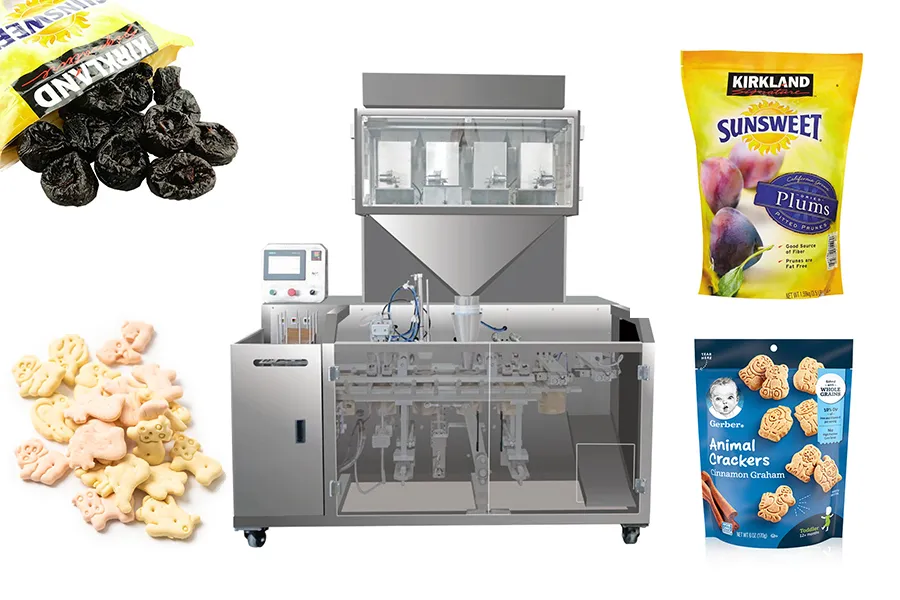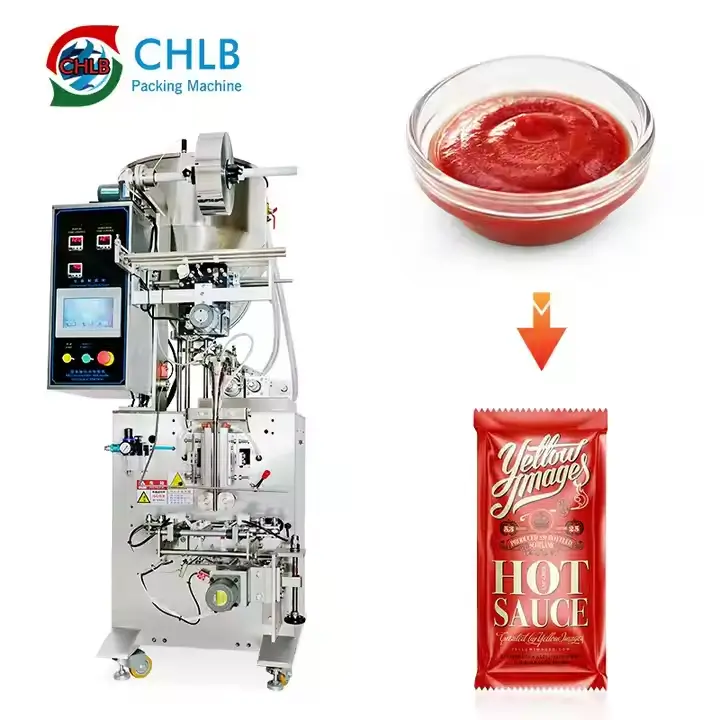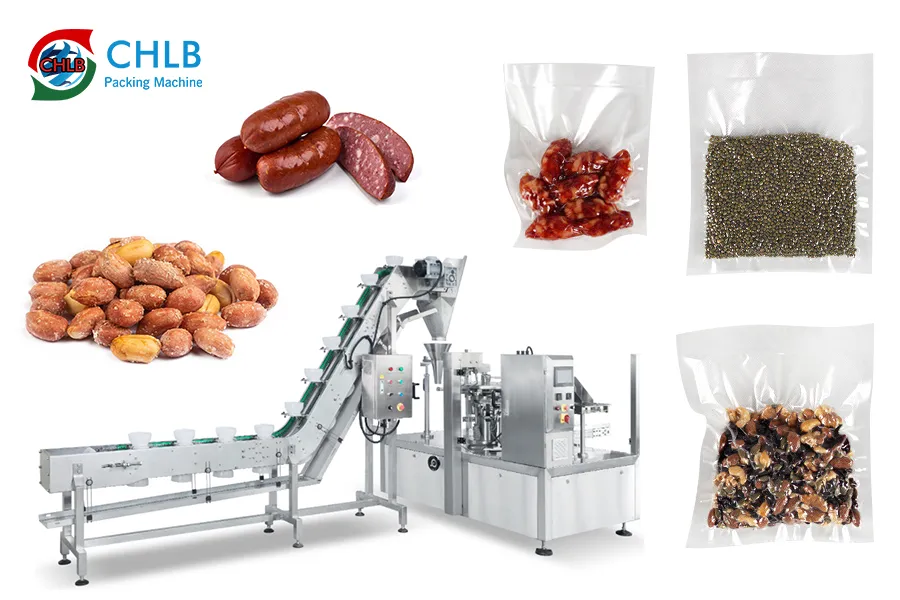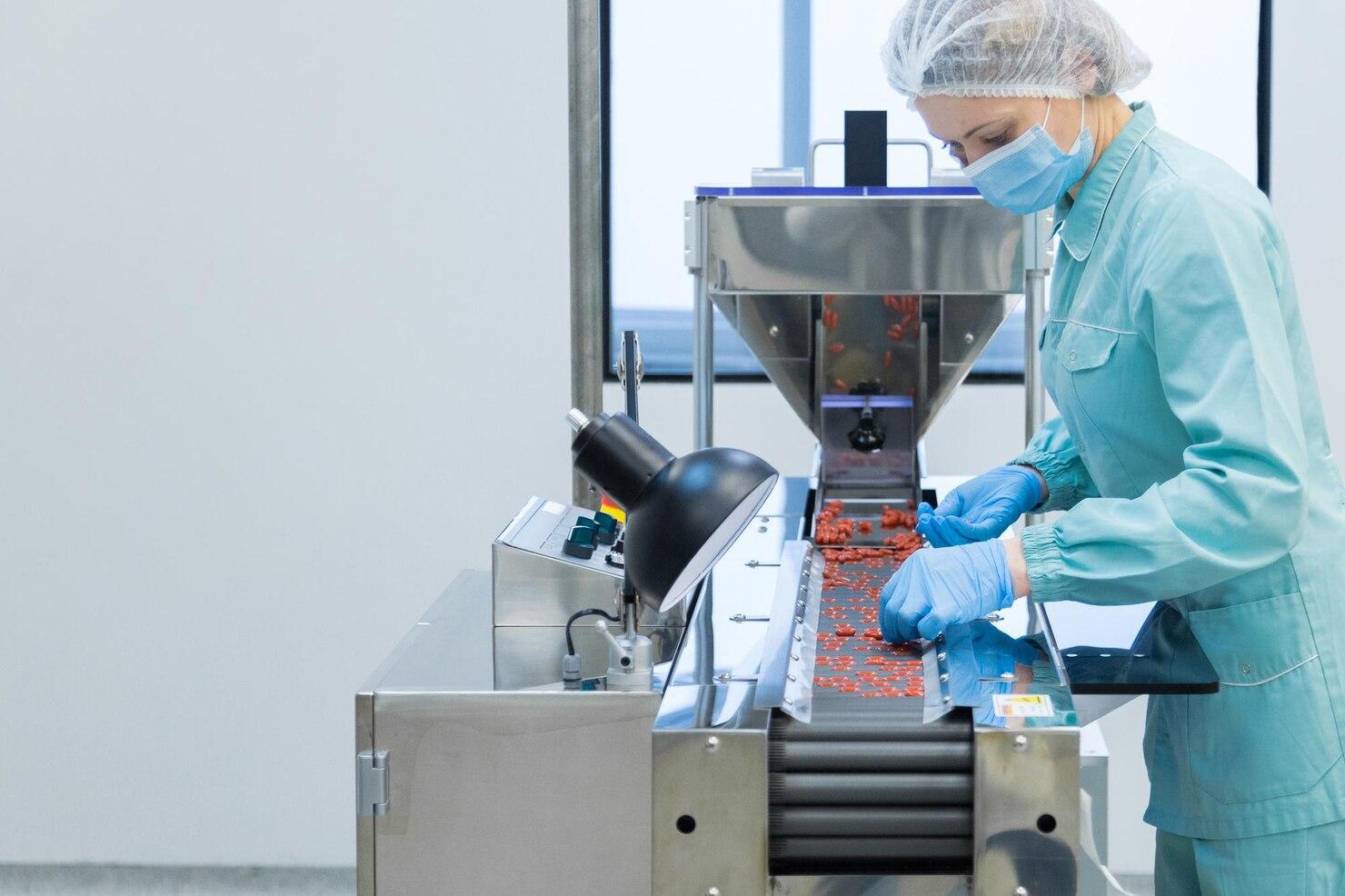In today’s fast-paced food industry, packaging is much more than just a simple wrapper for your favorite snacks. It’s a crucial part of the journey from farm to table, playing an essential role in keeping food fresh, безопасный, and appealing. Packaging doesn’t just protect what’s inside; it tells a story, shares vital information, and helps brands connect with consumers. В этом блоге, let’s dive into why food packaging is important and how it impacts everything we eat.
What Is Food Packaging?
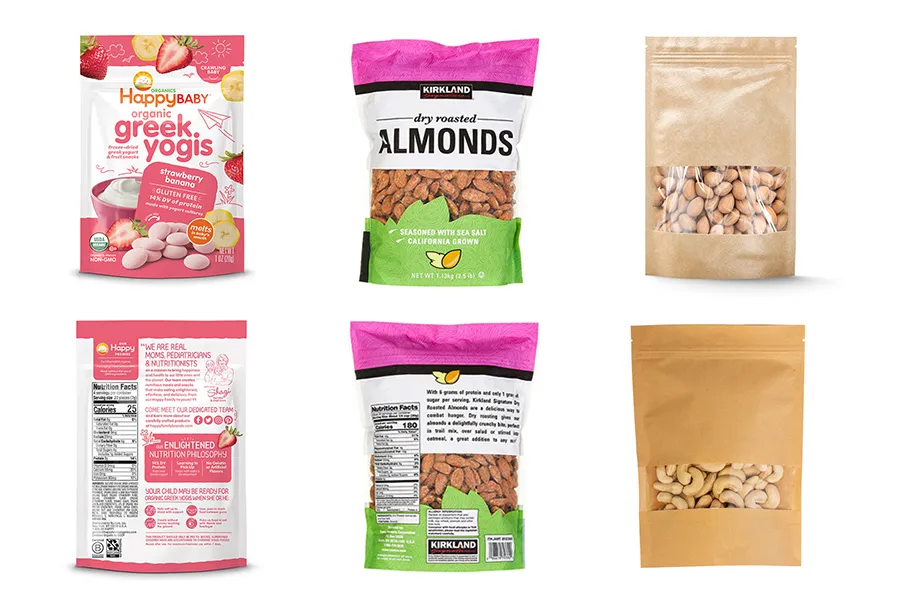
Food packaging encompasses all materials used to wrap, contain, and protect food products from the point of production to the point of consumption. It includes various types of materials, such as glass, металл, бумага, and plastics, each tailored to suit different types of food. Основная функция упаковки заключается в обеспечении целостности пищевых продуктов, защита их от загрязнения и повреждения.
Важность упаковки продуктов питания в промышленности
Значение упаковки продуктов питания в пищевой промышленности не может быть преувеличено. Он рассматривает несколько важных аспектов, которые необходимы как для производителей, так и для потребителей. Теперь давайте углубимся 5 Важность упаковки продуктов питания.
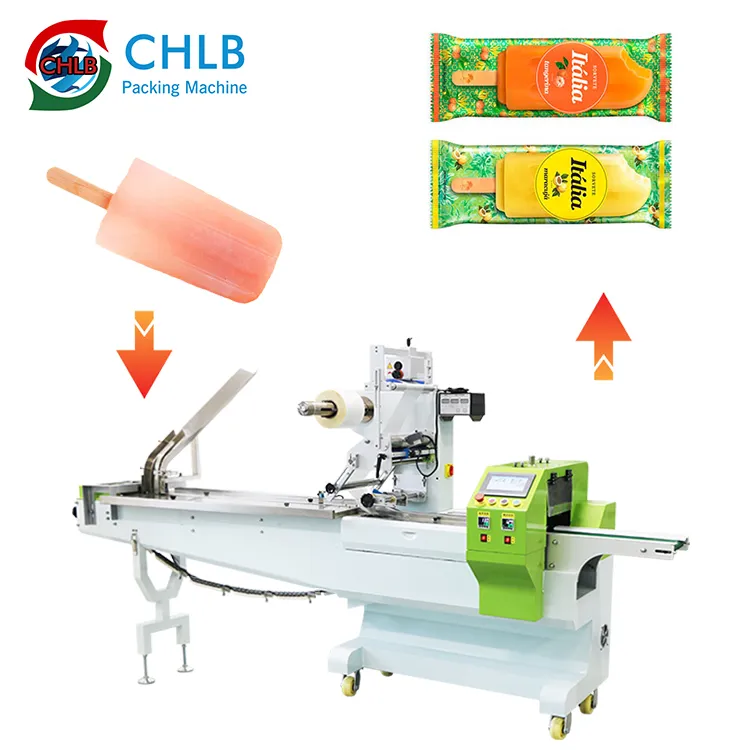
Сохранение свежести пищи
Сохранение свежести пищи имеет первостепенное значение для удовлетворения потребителей и здоровья. Упаковка действует как барьер против факторов окружающей среды, который может привести к порции. Например, пакеты с захмущенными в вакууме предотвращают вход кислорода, тем самым уменьшая окисление и продление срока годности скоропортящихся товаров. Усовершенствованные технологии упаковки, такие как модифицированная упаковка атмосферы (КАРТА), манипулировать атмосферой внутри пакета, чтобы ингибировать рост микробных средств, Сохранение пищи свежей на более длительные периоды.
Защита от внешних факторов
Внешние факторы, такие как влага, свет, и температура может значительно повлиять на качество пищи. Эффективная упаковочная щита пищи из этих элементов, поддержание своей пищевой ценности и сенсорных атрибутов. Например, Неопределенная упаковка защищает легкие продукты от разложения, В то время как изолированные контейнеры держат замороженные предметы при оптимальных температурах во время транспорта. Предоставляя этот защитный барьер, Упаковка гарантирует, что еда достигает потребителей в наилучшем состоянии.
Маркетинг и брендинг
Упаковка служит тихим продавцом на полке супермаркета. Это важный элемент в стратегиях маркетинга и брендинга, Предлагая визуальное представление идентичности продукта. Привлекательные дизайны, яркие цвета, и четкие этикетки привлекают потребителей’ Внимание и передать важные сообщения бренда. За пределами эстетики, Упаковка также передает ценности бренда, такие как устойчивость и качество, Влияние решений о покупке и создание лояльности бренда.
Информация о еде
Упаковка является жизненно важным каналом для передачи необходимой информации потребителям. Метки предоставляют информацию о питании, ингредиенты, и предупреждения об аллергене, Помогая потребителям сделать осознанный выбор в отношении своей еды. Кроме того, Упаковка часто включает инструкции по подготовке, Руководящие принципы хранения, и даты истечения срока действия, обеспечение того, чтобы потребители были безопасно и правильно употреблять продукты. Эта прозрачность способствует доверию между потребителями и производителями продуктов питания.
Удобно для потребителя
Удобство является важным фактором в решениях о покупке потребителей. Упаковка, которую легко открыть, заповедуемый, и портативный улучшает пользовательский опыт. Односердечные пакеты удовлетворяют растущий спрос на потребление на ходу, В то время как высказываемые варианты помогают поддерживать свежесть после открытия. Инновационные упаковочные решения, такие как микроволновые контейнеры, Также добавьте удобство путем упрощения процессов приготовления пищи. Приоритетным удобством, Упаковка удовлетворяет развивающиеся потребности современных потребителей.
Проблемы в упаковке еды
В то время как упаковка продуктов питания предлагает многочисленные преимущества, В нем также представлены несколько проблем, которые должна ориентироваться в отрасли, чтобы обеспечить устойчивость и эффективность.
Пищевые отходы и устойчивость
Воздействие упаковочных материалов на окружающую среду вызывает насущную проблему. Одноразовые пластики и неработающие материалы способствуют загрязнению и отходам, побуждение к более устойчивым альтернативам. Задача заключается в разработке упаковки, которая является одновременно экологичной и эффективной для сохранения качества пищи. Инновации в биоразлагаемых материалах, компостируемая упаковка, и программы по утилизации являются важными шагами на снижение экологического следа индустрии продовольственной упаковки.
Стоимость и эффективность
Балансировка стоимости и эффективности является еще одной критической проблемой. Высококачественные упаковочные материалы и передовые технологии могут быть дорогими, Влияние общей стоимости пищевых продуктов. Индустрия должна стремиться найти экономически эффективные решения, которые не ставят под угрозу качество. Оптимизация процессов упаковки, Оптимизация использования материала, и инвестиции в автоматизированные системы могут повысить эффективность, Сокращение затрат при сохранении высоких стандартов защиты продуктов питания.
Срок годности и хранение
Продолжая срок годности пищевых продуктов имеет решающее значение для минимизации отходов и обеспечения продовольственной безопасности. Упаковка играет жизненно важную роль в достижении этого, Но это требует глубокого понимания взаимодействия между продуктами питания и упаковочными материалами. Инновации в активной упаковке, которые включают вещества, которые поглощают кислород или испускают консерванты, продвигают способность продлить срок годности. Однако, Эти технологии должны быть тщательно сбалансированы, чтобы избежать непреднамеренных воздействий на безопасность пищевых продуктов и качество.
Как обеспечить безопасность пищевых продуктов для пищевой промышленности
Обеспечение безопасности пищевых продуктов посредством упаковки включает в себя тщательное планирование и использование передовых технологий. Одним из ключевых аспектов является реализация современные машины для упаковки продуктов питания. Эти машины предназначены для соответствия строгим гигиене стандартов, Снижение риска загрязнения в процессе упаковки. Они могут быть настроены для обработки Различные виды упаковочных материалов и пищевых продуктов, обеспечение гибкости и эффективности.
Автоматизированные упаковочные системы повышают точность и согласованность, Минимизация человеческой ошибки и обеспечение правильного запечатывания и маркировки каждого пакета. Более того, Эти машины часто включают такие функции, как детекторы металлов и рентгеновские системы для идентификации и удаления загрязняющих веществ, Дополнительная защита безопасности пищевых продуктов. Инвестируя в передовую упаковочную машину, Производители продуктов питания могут обеспечить, чтобы их продукция соответствовала самым высоким стандартам безопасности.
Заключение
В постоянно развивающейся пищевой промышленности, Упаковка является незаменимым компонентом, который выходит далеко за рамки своей основной функции содержания пищи. Это сохраняет свежесть, защищает от внешних факторов, поддерживает маркетинговые усилия, предоставляет важную информацию, и улучшает удобство для потребителей. Несмотря на проблемы устойчивости, расходы, и срок годности, Индустрия постоянно инновации для решения этих проблем. Отдавая приоритеты передовых решений и технологий упаковки, Производители продуктов питания могут обеспечить безопасность, качество, и привлекательность их продукции, удовлетворение требований сегодняшних проницательных потребителей.

